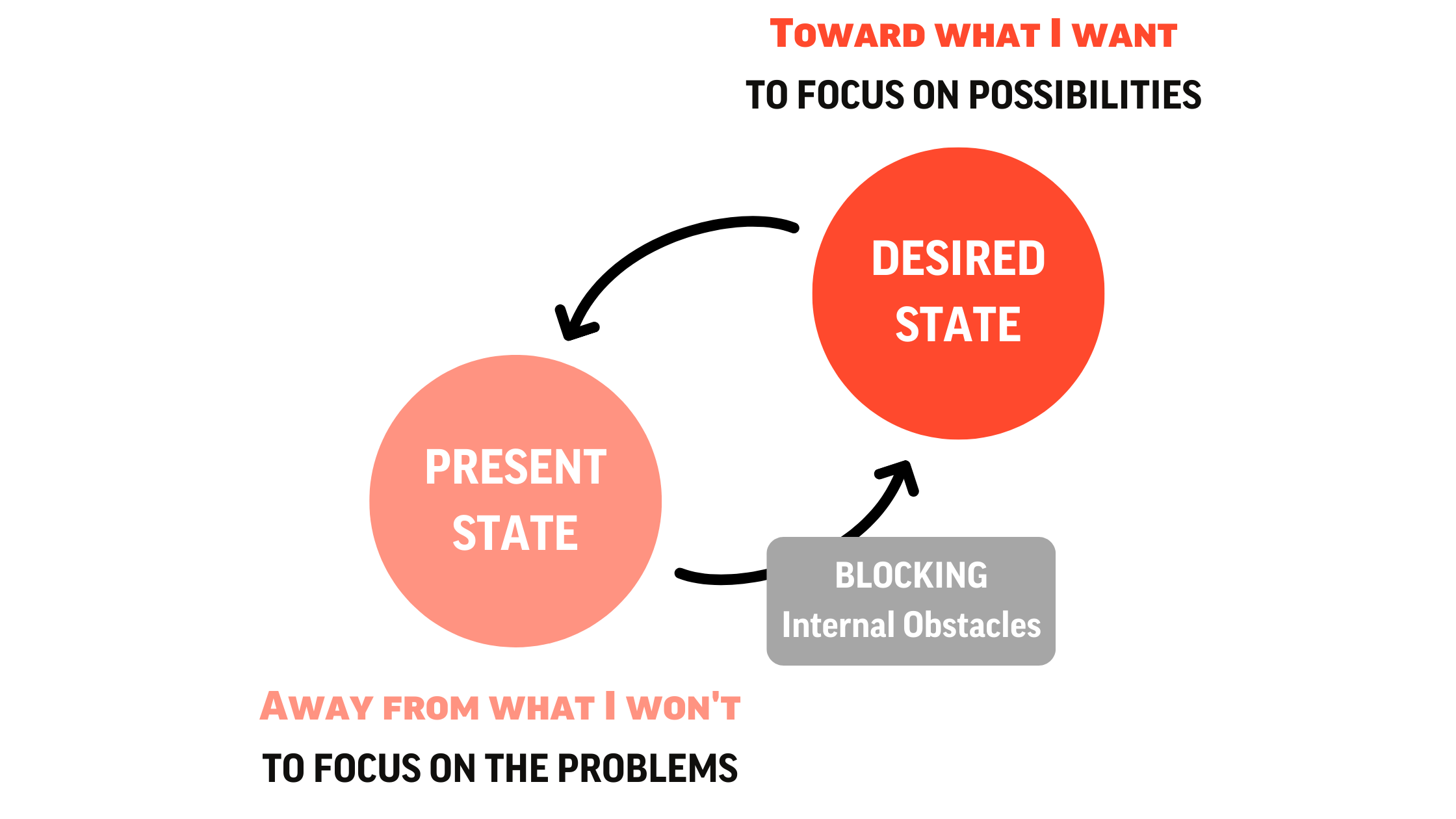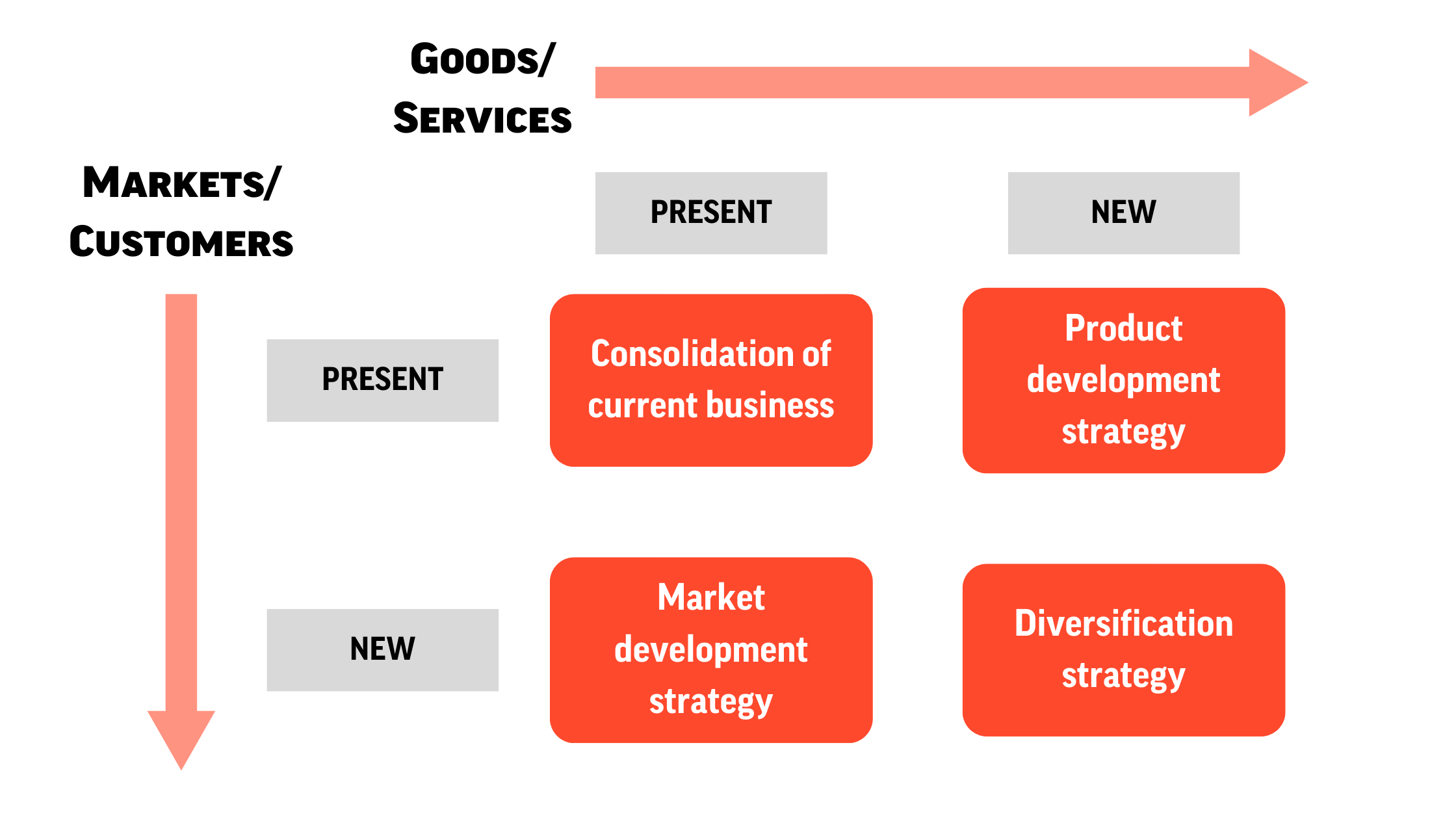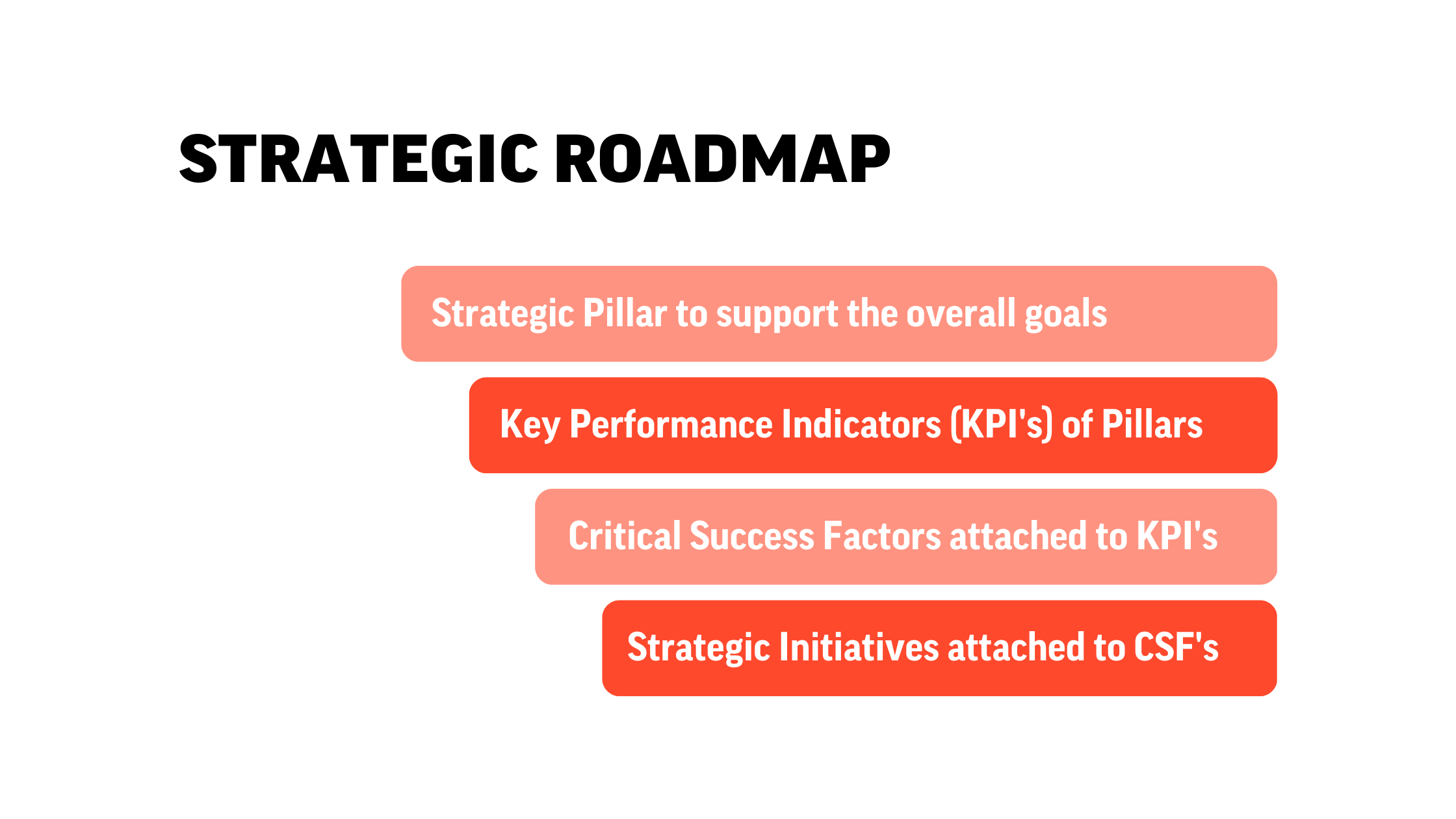Low Cost, Best product, or Customer Intimacy for Strategy Growth?

Formulating a strategy is about insight, direction, and the right solution. According to the greatest pioneers in strategy development research, there are three generic strategies for maintaining a competitive position in the market. The three aren’t mutually exclusive, but a serious strategic effort will prioritize one over the other two.
How to choose a strategy that supports your organization’s growth
Initiating any change process requires that the people involved be dissatisfied with the status quo and have a strong, shared desire to reach another state. That desire must be outlined in such a way that everyone understands and wants to follow it through. This is what gives energy and the desire to change, and also overcomes barriers along the way. The relationship between the desired and current state are shown below:

It might seem obvious, but a simple definition of the strategy growth process is:
- Understanding where you are (Insight)
- Deciding where you want to go (Direction)
- Determining how to get there (Solution)
Many organizations don’t know where they are or where they’re going — but are still trying to agree on how to get there. It obviously won't work because, as Alice in Wonderland’s Cheshire Cat said, “If you don’t know where you’re going, any road will take you there.”
Therefore, a one-page mission statement should answer the following questions:
- Who are we and how do we want to express ourselves in our business environment?
- What is, or should be, our real value-add?
- What are our aspirations?
- How do we define success?
- Which values will govern our actions and behavior?
Defining the Identity, Mission, and Vision
A good way to establish identity, mission and vision is to have team members write down points they think are important and create a matrix. Then consider the points in each segment and formulate one short, descriptive sentence that best captures the essence of the points. The same can be done with identification, formulation, and values; three or four core values for the whole group is ideal.
In general, the team dialogue should focus on what the team wants, what meets the team's expectations, and what meets the aspiration level.

How will we grow?
One of the most important (and often most difficult) questions in this process revolves around the organization’s market/product scope. A clear statement of market/product scope can prevent team members from developing plans that won’t be accepted by top management because they aren’t within the defined scope of the strategy growth.
A path for growth toward a new market/product scope can be determined using the Ansoff Matrix:

Choosing the right strategy growth alternatives
Consolidating current business involves doing more of the same. It‘s about strengthening the core business of the company. It‘s usually combined with another alternative, but if the market is fast-growing and attractive, it could be the only focus chosen for the planning period.
A product development strategy is considered in light of the maturity of the current market and the company’s inherent core competencies. In a mature market, product development can be the best alternative, especially if there are competencies the company can leverage.
Market development: With competitive products and a good customer intimacy infrastructure, the organization might want to grow by entering new markets or reaching out to new target groups. Careful segmentation is key to this alternative—detecting the same or similar needs as current customers and markets.
Diversification is the riskiest alternative since it can involve the company entering a business in which it has no prior experience. It should only be considered if there are unique capabilities or core competencies that could be leveraged, preferably in a strategic partnership.
Generic alternatives in competitive strategy growth
Kaplan and Norton defined three generic strategies important for sustaining a competitive position in the market. Note that these are not mutually exclusive, but the strategic thrust will give priority to one of the three:
- Low-Cost Strategy means the company emphasizes a no-frills approach, always offering their customers the lowest price possible. This alternative often follows the Consolidation Strategy (doing more of the same) since it assumes simple, routine operations that keep costs down by every possible means.
- Best Product Strategy is the opposite in many ways: it assumes constant research and development to offer the best product features on the market. Expensive R&D activities lead to higher product prices. This option naturally follows the Product Development Strategy in the Growth Matrix.
- Customer Intimacy Strategy uses the best customer interface, provides the best service possible, and builds on tight relationships with customers. Competency in this area is associated with the market development growth option and requires a clear focus on customer service.
What supports our strategy growth?
After determining the growth strategy, designate performance parameters that will support the growth. The overall goal for the organization is at the top of the hierarchy. It is helpful to think of the parameters using the following hierarchy:
- Strategic Pillars are the fundamental focus areas to support that overall goal. They are usually related to the financial, customer intimacy strategy, operational, and HR dimensions, but can vary from case to case to cover specific areas (such as culture or technology). Defining up to four pillars is desirable, but not a requirement.
- Key Performance Indicators (KPIs) are attached to each Strategic Pillar. There can be more than one, but preferably no more than three.
- Critical Success Factors (CSFs) are defined for each Pillar and are usually categorized under different KPIs to indicate which performance parameters they support.
- Tactics or initiatives are specific strategic initiatives supporting each CSF. They are time-limited and have measurable goals relating to the CSF.
This model shows the natural hierarchy of strategic components: See how DecideAct is the right solution for your strategy growth with a free trial and test it yourself.
See how DecideAct is the right solution for your strategy growth with a free trial and test it yourself.










